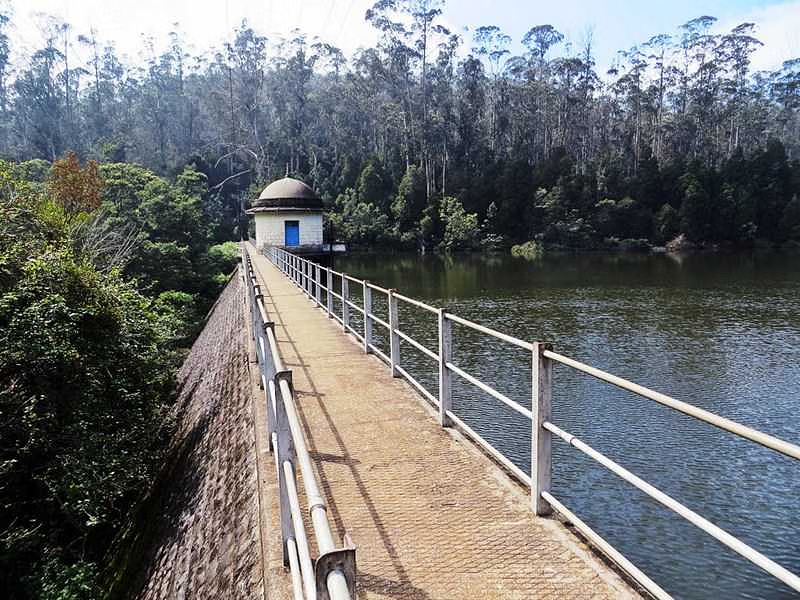The Andaman and Nicobar Islands are renowned as one of India’s premier scuba diving destinations, offering pristine coral reefs, diverse marine life, and crystal-clear waters. When searching for the best place for scuba diving in Andaman, you’ll discover multiple world-class locations that cater to divers of all experience levels.
From the vibrant coral gardens of Havelock Island to the underwater caves of Neil Island, these tropical waters provide unforgettable diving experiences. The islands’ strategic location in the Bay of Bengal creates unique underwater topography that supports an incredible diversity of marine species, making it a must-visit destination for diving enthusiasts worldwide.
Table of Contents
Top Scuba Diving Locations Overview
| Location | Depth Range | Difficulty Level | Best Features |
| Havelock Island | 8-30 meters | Beginner to Advanced | Coral gardens, diverse marine life |
| Neil Island | 6-25 meters | Beginner to Intermediate | Coral formations, colorful fish |
| Barren Island | 15-40 meters | Advanced | Volcanic underwater landscape |
| Long Island | 10-30 meters | Intermediate to Advanced | Pristine reefs, large pelagics |
Which is the Best Place for Scuba Diving in Andaman?
Determining which is the best place for scuba diving in Andaman depends on your experience level, interests, and diving preferences. However, Havelock Island consistently ranks as the top choice for most divers due to its accessibility, variety of dive sites, and exceptional marine biodiversity.
Havelock Island offers over 20 documented dive sites, ranging from shallow coral gardens perfect for beginners to deeper walls and drift dives that challenge experienced divers. The island’s strategic location and favorable currents create optimal conditions for marine life encounters throughout the year.
The best place for scuba diving in andaman and nicobar islands varies by season, with different locations offering unique advantages during specific months. Understanding these seasonal patterns helps maximize your underwater experiences while ensuring safety and optimal visibility.
Professional dive operators on Havelock Island provide comprehensive training programs, equipment rental, and guided dives for all skill levels. The island’s infrastructure supports diving tourism with medical facilities, decompression chambers, and experienced dive masters who ensure safe and memorable underwater adventures.
1. Havelock Island: The Crown Jewel of Andaman Diving
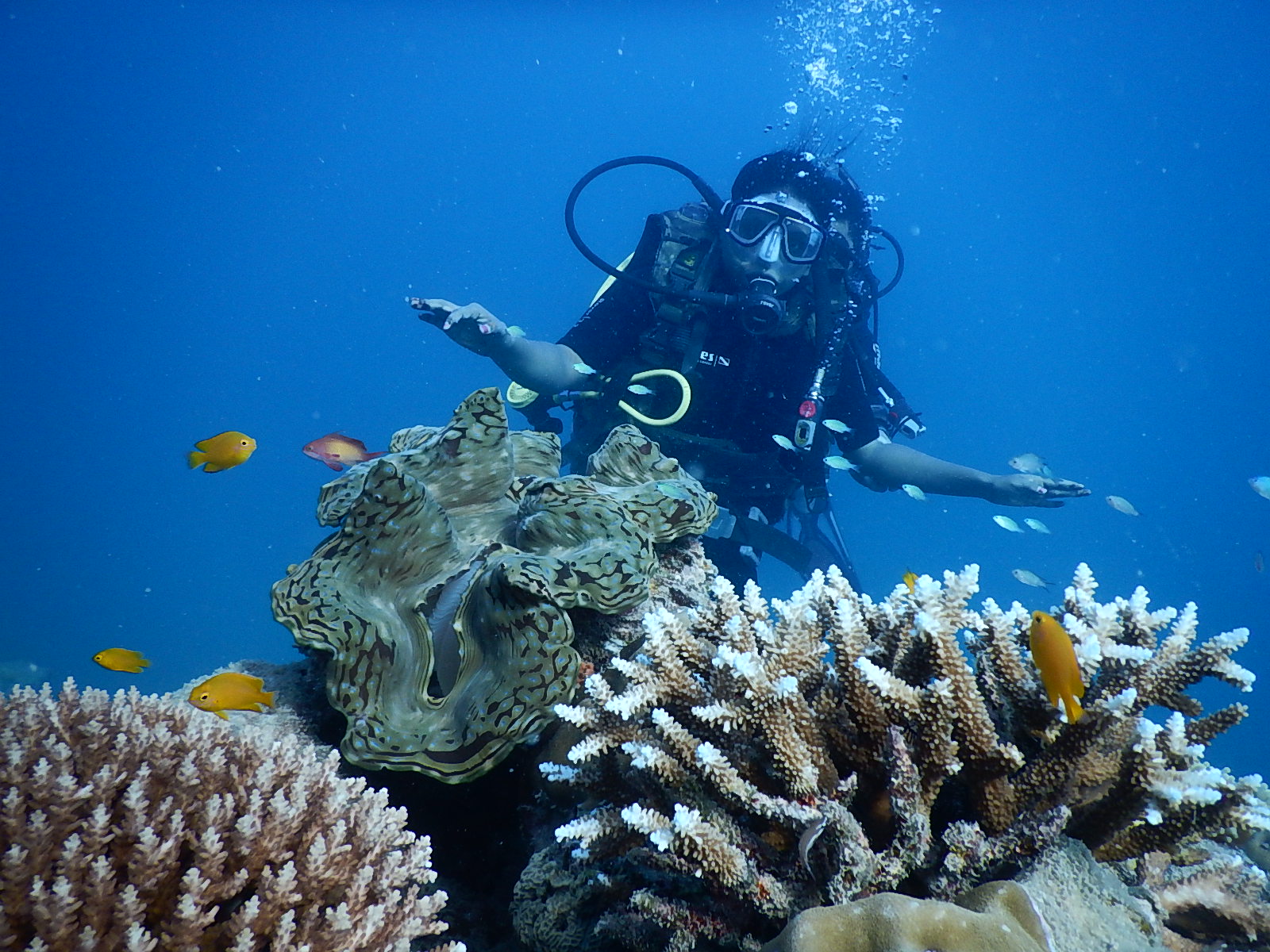
Havelock Island stands as the undisputed champion among diving destinations in the Andaman Islands. This 113-square-kilometer island offers an unparalleled combination of accessibility, dive site variety, and marine biodiversity that attracts divers from around the globe.
Elephant Beach Dive Site
Elephant Beach represents one of the most popular diving locations for beginners and intermediate divers. The site features shallow coral gardens at depths of 8-15 meters, making it perfect for certification courses and refresher dives.
Key Features:
- Depth Range: 8-15 meters
- Skill Level: Beginner to Intermediate
- Best Time: October to May
- Visibility: 20-30 meters
- Marine Life: Reef sharks, stingrays, parrotfish, angelfish
- Specialty: Certification courses, coral gardens
The coral formations here showcase vibrant colors and diverse species, including table corals, brain corals, and numerous soft coral varieties. The site’s protected location ensures calm conditions most of the year, providing excellent visibility that often exceeds 25 meters.
Marine life at Elephant Beach includes reef sharks, stingrays, parrotfish, angelfish, and countless smaller tropical species. The site’s relatively shallow depth allows for longer bottom times and multiple dives per day.
Lighthouse Dive Site
The Lighthouse dive site offers more challenging conditions for intermediate to advanced divers. Located at depths of 15-25 meters, this site features dramatic coral walls and swim-through formations that create an underwater playground.
Key Features:
- Depth Range: 15-25 meters
- Skill Level: Intermediate to Advanced
- Best Time: November to April
- Visibility: 25-35 meters
- Marine Life: Grey reef sharks, eagle rays, manta rays
- Specialty: Drift diving, coral walls, swim-throughs
Strong currents at this site attract larger marine species, including grey reef sharks, eagle rays, and occasional sightings of manta rays. The site’s topography includes caves and overhangs that provide shelter for nocturnal species and unique photographic opportunities.
Advanced divers appreciate the site’s drift diving opportunities, where currents carry divers along the reef wall while observing pelagic species and large schooling fish. The site requires good buoyancy control and drift diving experience.
Jackson’s Bar
Jackson’s Bar represents one of Havelock’s most spectacular dive sites, featuring a submerged seamount that rises from 30 meters to within 12 meters of the surface. This unique topography creates a natural magnet for marine life.
Key Features:
- Depth Range: 12-30 meters
- Skill Level: Advanced
- Best Time: December to March
- Visibility: 30-40 meters
- Marine Life: Tuna, barracuda, sharks, pelagic species
- Specialty: Seamount diving, big fish encounters
The site’s exposed location attracts pelagic species including tuna, barracuda, and various shark species. The seamount’s structure provides different diving experiences at various depths, from shallow coral gardens to deeper wall dives.
Currents at Jackson’s Bar can be strong and unpredictable, making it suitable only for advanced divers with good fitness levels. The site’s reputation for large marine life encounters makes it a bucket-list destination for serious divers.
2. Neil Island: Intimate Underwater Experiences
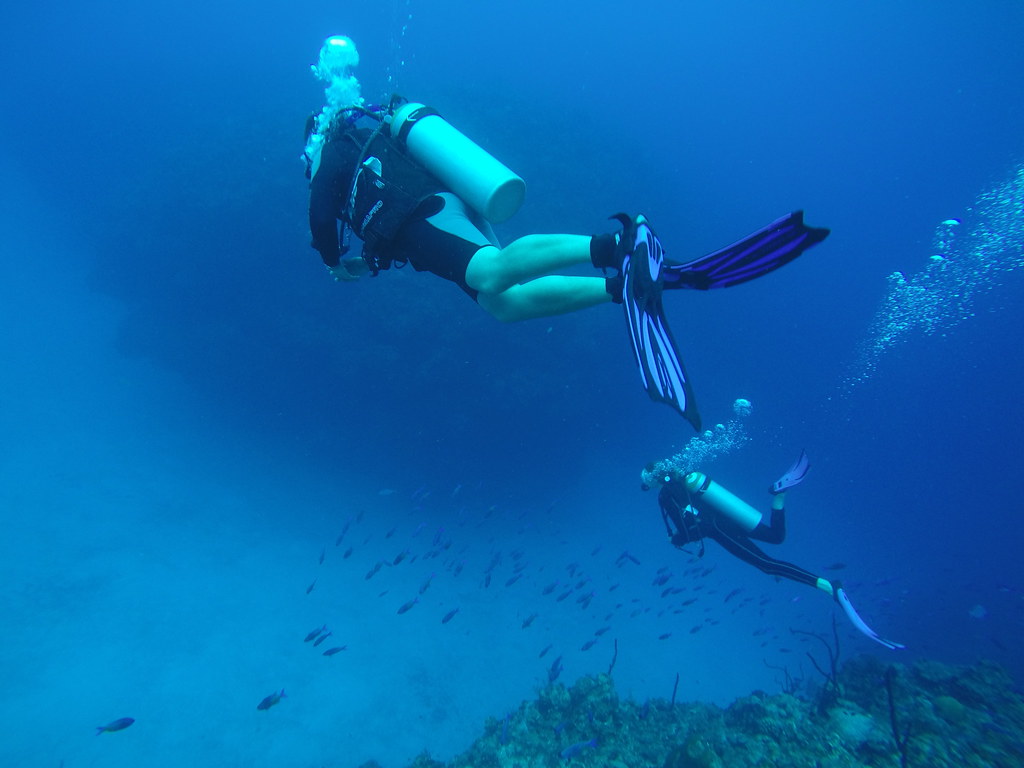
Neil Island, officially known as Shaheed Dweep, offers a more intimate diving experience compared to its larger neighbor. The island’s smaller size and fewer dive operators create a more personalized underwater adventure.
Bharatpur Beach Dive Site
Bharatpur Beach provides excellent shore diving opportunities and serves as an ideal training ground for new divers. The site’s shallow coral reefs extend from 3-15 meters, offering easy access and comfortable diving conditions.
Key Features:
- Depth Range: 3-15 meters
- Skill Level: Beginner to Intermediate
- Best Time: October to May
- Visibility: 15-25 meters
- Marine Life: Sea turtles, reef fish, octopus, crabs
- Specialty: Shore diving, night diving, training dives
The coral formations here are particularly healthy, with minimal bleaching and abundant fish populations. The site’s protected location ensures calm conditions suitable for underwater photography and marine life observation.
Night diving at Bharatpur Beach reveals a completely different underwater world, with nocturnal species including octopus, crabs, and various fish species exhibiting different behaviors under artificial light.
Margherita’s Mischief
This intermediate dive site features unique coral formations and swim-through opportunities at depths of 12-20 meters. The site’s name reflects its playful underwater topography that creates natural obstacle courses for divers.
Key Features:
- Depth Range: 12-20 meters
- Skill Level: Intermediate
- Best Time: November to April
- Visibility: 20-30 meters
- Marine Life: Nudibranchs, sea turtles, colorful reef fish
- Specialty: Coral formations, underwater photography
The site’s coral health is exceptional, with vibrant colors and diverse species creating an underwater garden. Marine life includes nudibranchs, sea turtles, and various reef fish species that thrive in the site’s protected environment.
Underwater photographers particularly appreciate this site’s combination of macro and wide-angle opportunities, with colorful coral formations providing stunning backgrounds for marine life portraits.
3. Barren Island: Advanced Diving Adventure
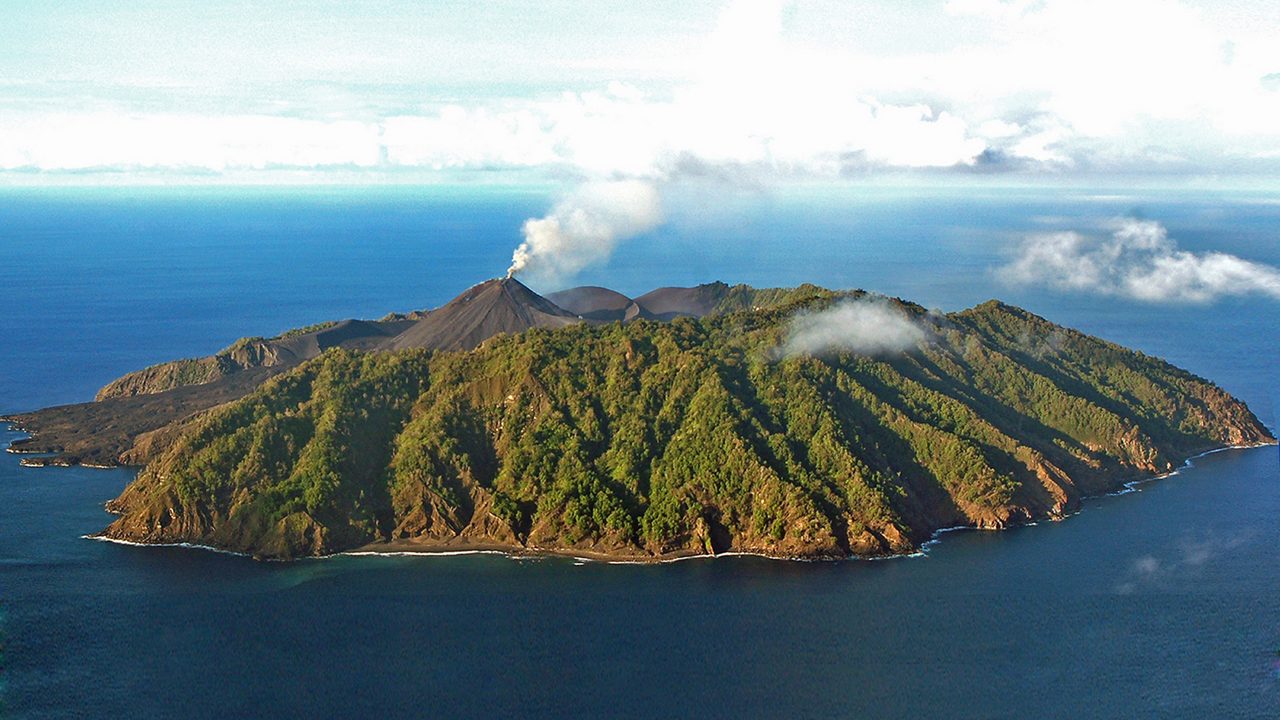
Barren Island offers one of India’s most unique diving experiences, featuring underwater volcanic landscapes and dramatic topography. This advanced diving destination requires experience and proper preparation due to its remote location and challenging conditions.
Volcanic Underwater Landscape
The island’s volcanic origin creates unique underwater formations including lava tubes, underwater cliffs, and dramatic drop-offs. These geological features provide habitat for specialized marine species not found at other Andaman locations.
Key Features:
- Depth Range: 15-40 meters
- Skill Level: Advanced
- Best Time: December to March
- Visibility: 25-35 meters
- Marine Life: Unique volcanic species, specialized corals
- Specialty: Volcanic formations, lava tubes, geological diving
The site’s depth range of 15-40 meters requires advanced certification and experience with deeper diving. Strong currents and limited visibility windows make this site suitable only for experienced divers with good fitness levels.
Marine life at Barren Island includes species adapted to volcanic environments, with unique coral formations and fish populations that have evolved in isolation. The site offers truly unique diving experiences unavailable elsewhere in the region.
Pelagic Species Encounters
Barren Island’s exposed location in the Bay of Bengal attracts large pelagic species including sharks, rays, and schooling fish. The site’s reputation for big animal encounters makes it a destination for advanced divers seeking thrilling underwater experiences.
Key Features:
- Depth Range: 20-40 meters
- Skill Level: Advanced
- Best Time: January to March
- Visibility: 30-40 meters
- Marine Life: Sharks, rays, schooling fish, pelagic species
- Specialty: Big animal encounters, advanced diving
The island’s remote location requires careful planning and favorable weather conditions. Most diving operations to Barren Island involve multi-day liveaboard trips with comprehensive safety equipment and experienced dive masters.
4. Long Island: Pristine Reef Systems
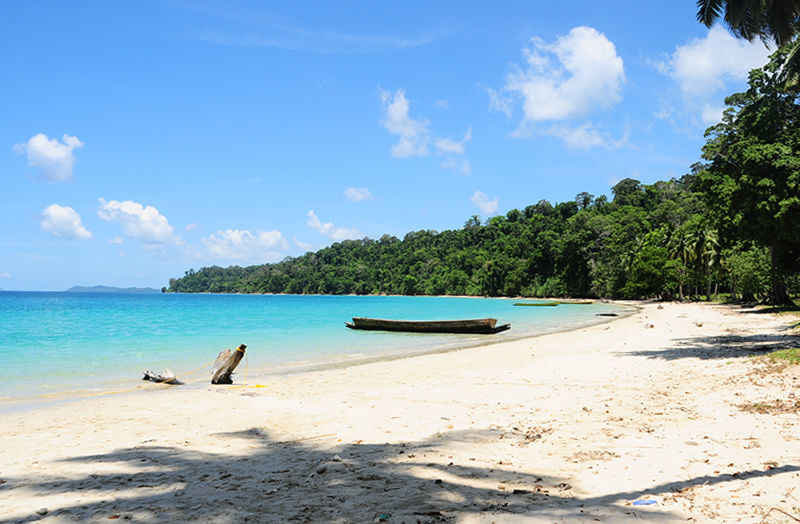
Long Island offers some of the most pristine coral reefs in the Andaman Islands, with minimal human impact and healthy marine ecosystems. The island’s remote location has preserved its underwater environments in near-pristine condition.
Pristine Coral Gardens
The coral reefs around Long Island showcase exceptional health and diversity, with minimal bleaching and abundant marine life. The site’s isolation has protected it from tourism pressure and environmental degradation.
Key Features:
- Depth Range: 10-30 meters
- Skill Level: Intermediate to Advanced
- Best Time: November to April
- Visibility: 25-35 meters
- Marine Life: Pristine corals, diverse reef fish, healthy ecosystem
- Specialty: Untouched reefs, conservation diving
Diving at Long Island reveals coral formations in their natural state, with vibrant colors and complex structures that support diverse marine communities. The site offers excellent opportunities for underwater photography and marine life observation.
Large Pelagic Encounters
Long Island’s location attracts large pelagic species including whale sharks, manta rays, and various shark species. The site’s reputation for big animal encounters makes it a destination for experienced divers seeking extraordinary underwater experiences.
Key Features:
- Depth Range: 15-35 meters
- Skill Level: Advanced
- Best Time: December to March
- Visibility: 30-40 meters
- Marine Life: Whale sharks, manta rays, large sharks
- Specialty: Big pelagic encounters, remote diving
The island’s remote location requires careful planning and favorable weather conditions. Access typically involves multi-day trips with comprehensive diving support and safety equipment.
Best Diving Seasons and Conditions
Understanding seasonal patterns helps determine the best place for scuba diving in andamans throughout the year. The islands’ tropical climate creates distinct seasons that affect diving conditions, visibility, and marine life encounters.
Peak Diving Season (October to May)
The peak diving season offers optimal conditions with calm seas, excellent visibility, and comfortable water temperatures. This period provides the best combination of weather stability and underwater conditions for all skill levels.
Visibility during peak season often exceeds 30 meters, allowing for spectacular underwater photography and marine life observation. Water temperatures range from 26-29°C, providing comfortable diving without thick wetsuits.
Marine life activity increases during this period, with many species exhibiting breeding behaviors and increased activity levels. The season’s calm conditions make it ideal for boat diving and accessing remote dive sites.
Monsoon Considerations (June to September)
The monsoon season brings rough seas and reduced visibility, making diving challenging and potentially dangerous. Most dive operators suspend operations during this period due to safety concerns and poor conditions.
However, the monsoon season provides important ecosystem benefits, bringing nutrients that support coral growth and marine life populations. The period allows coral reefs to recover and regenerate after the diving season.
Serious divers should plan their visits during the peak season to ensure optimal conditions and access to all dive sites. The monsoon period is better suited for land-based activities and trip planning.
Diving Certification and Training
The Andaman Islands offer comprehensive diving certification programs through internationally recognized organizations including PADI, SSI, and NAUI. These programs provide structured training for all skill levels, from beginners to advanced divers.
Beginner Certification Programs
Open Water certification courses provide the foundation for safe diving practices and underwater exploration. These programs typically require 3-4 days and include pool training, confined water dives, and open water certification dives.
Local dive centers offer high-quality instruction with experienced instructors and modern equipment. The islands’ calm, clear waters provide ideal conditions for learning basic diving skills and building confidence underwater.
Certification programs include comprehensive safety training, equipment familiarization, and marine life education. Graduates receive internationally recognized certifications that allow diving worldwide.
Advanced Training Opportunities
Advanced certification programs allow divers to explore deeper sites and develop specialized skills. These programs include advanced open water, rescue diver, and specialty certifications in areas like underwater photography and deep diving.
Technical diving courses provide training for more challenging sites like Barren Island and deep wall dives. These programs require significant experience and commitment but open access to extraordinary underwater experiences.
Local dive centers offer continuing education programs that allow divers to develop skills progressively while exploring the islands’ diverse dive sites. Advanced training enhances safety and enjoyment while expanding diving opportunities.
Marine Life and Biodiversity
The Andaman Islands’ marine biodiversity represents one of the region’s greatest attractions for divers. The islands’ location in the Bay of Bengal creates unique conditions that support extraordinary marine life diversity.
Coral Reef Ecosystems
The islands’ coral reefs support over 200 coral species, creating complex underwater landscapes that provide habitat for countless marine species. These reef systems rank among the healthiest in the Indian Ocean.
Hard coral varieties include table corals, brain corals, and staghorn corals that create the reef’s structural foundation. Soft corals add color and movement, creating visually stunning underwater environments.
Coral health varies by location, with remote sites generally showing better condition than areas with higher tourism pressure. Conservation efforts focus on protecting these critical ecosystems through sustainable diving practices.
Fish Species Diversity
The islands’ waters host over 1,200 fish species, ranging from tiny reef fish to large pelagic species. This diversity creates dynamic underwater environments with constant activity and movement.
Reef fish include angelfish, butterflyfish, parrotfish, and wrasses that add color and activity to coral formations. Larger species include groupers, snappers, and various shark species that maintain ecosystem balance.
Pelagic species encounters include manta rays, whale sharks, and various tuna species that visit the islands seasonally. These encounters represent highlights of many diving experiences.
Unique Marine Species
The islands host several endemic species found nowhere else in the world. These unique creatures have evolved in isolation, creating specialized adaptations to local conditions.
Notable endemic species include certain coral varieties, fish species, and invertebrates that contribute to the region’s biodiversity. Conservation efforts focus on protecting these unique species and their habitats.
Marine life photography opportunities abound, with macro subjects like nudibranchs and sea slugs providing detailed subjects, while larger species offer dramatic wide-angle opportunities.
Diving Safety and Conservation
Safety represents the highest priority for diving in the Andaman Islands. The remote location and challenging conditions require comprehensive safety measures and emergency preparedness.
Safety Protocols and Equipment
Professional dive operators maintain strict safety protocols including comprehensive equipment checks, dive planning, and emergency procedures. All diving activities include safety briefings and buddy system requirements.
Modern safety equipment includes emergency oxygen, first aid supplies, and communication devices for emergency situations. Dive boats carry comprehensive safety equipment and trained safety personnel.
Decompression chambers are available on major islands, providing treatment for diving-related injuries. Emergency evacuation procedures ensure rapid access to medical facilities when needed.
Marine Conservation Efforts
The Andaman Islands participate in various marine conservation programs focused on protecting coral reefs and marine life. These efforts include research, monitoring, and education programs.
Sustainable diving practices help minimize environmental impact while allowing continued access to underwater environments. These practices include proper buoyancy control, no-touch policies, and reef-safe products.
Dive operators support conservation through education programs, reef monitoring, and participation in research projects. Divers contribute to conservation through responsible practices and support for local conservation efforts.
Practical Diving Information
Planning a diving trip to the Andaman Islands requires understanding practical considerations including equipment, costs, and logistics. Proper preparation ensures safe and enjoyable diving experiences.
Equipment and Rental Options
Most dive operators provide comprehensive equipment rental including regulators, BCDs, wetsuits, and masks. Equipment quality varies by operator, with established centers offering well-maintained, modern gear.
Serious divers often prefer bringing personal equipment including masks, fins, and wetsuits for comfort and familiarity. Airlines generally allow diving equipment as checked baggage with proper packing.
Equipment servicing and repairs are available on major islands, though specialized parts may require ordering from mainland India. Backup equipment planning is essential for extended diving trips.
Cost Considerations
Diving costs in the Andaman Islands vary significantly based on location, season, and services included. Budget planning should consider certification courses, equipment rental, and dive packages.
Single dive costs range from ₹2,500-₹4,000 depending on location and services. Package deals for multiple dives often provide better value, especially for extended stays.
Certification courses range from ₹15,000-₹25,000 for open water programs, including materials, equipment, and certification fees. Advanced courses cost additional amounts based on specialization.
Accommodation and Logistics
Diving-focused accommodations are available on major islands, offering convenient access to dive centers and equipment storage. These facilities often provide specialized services for divers.
Transportation between islands requires ferry bookings that can be affected by weather conditions. Flexible scheduling helps accommodate weather-related delays and changes.
Many travelers combine diving with other island activities and destinations. Andaman tour packages from mumbai often include diving activities as part of comprehensive island experiences.
Photography and Underwater Imaging
The Andaman Islands provide exceptional opportunities for underwater photography, with diverse subjects ranging from macro creatures to large pelagic species. The islands’ clear waters and abundant marine life create ideal conditions for underwater imaging.
Macro Photography Opportunities
The islands’ coral reefs host numerous macro subjects including nudibranchs, sea slugs, and small fish species. These subjects provide detailed photography opportunities for specialized macro lenses.
Coral formations offer colorful backgrounds and interesting textures for macro photography. The combination of subjects and backgrounds creates dynamic compositions that showcase marine biodiversity.
Night diving reveals additional macro subjects as nocturnal species become active. Specialized lighting equipment enhances macro photography opportunities during night dives.
Wide-Angle Photography
Large marine life encounters provide spectacular wide-angle photography opportunities. Manta rays, whale sharks, and schooling fish create dramatic subjects against blue water backgrounds.
Coral reef landscapes offer wide-angle opportunities with vibrant colors and complex compositions. The combination of coral formations and marine life creates visually stunning underwater scenes.
Technical considerations for wide-angle photography include proper lighting, composition, and subject approach techniques. Professional underwater photographers often visit the islands specifically for these opportunities.
Seasonal Marine Life Encounters
Different seasons bring various marine life encounters, with certain species appearing predictably during specific months. Understanding these patterns helps plan diving trips for optimal marine life experiences.
Manta Ray Encounters
Manta rays visit the islands seasonally, with peak encounters typically occurring from December to April. These gentle giants aggregate at cleaning stations and feeding areas.
Specific dive sites provide better manta ray encounter opportunities, with experienced dive masters knowing optimal timing and locations. Patient observation and proper approach techniques maximize encounter success.
Manta ray encounters represent highlights of many diving experiences, with these magnificent creatures displaying curiosity about divers and providing unforgettable underwater moments.
Whale Shark Sightings
Whale sharks occasionally visit the islands, particularly during plankton blooms and favorable current conditions. These encounters are unpredictable but represent extraordinary diving experiences.
Whale shark encounters require specific protocols to ensure both diver and animal safety. Proper approach techniques and distance maintenance are essential for these interactions.
Professional dive operators with whale shark experience provide guidance for these encounters, ensuring safe and respectful interactions with these magnificent creatures.
Conclusion
The best place for scuba diving in andaman offers world-class underwater experiences that rival destinations worldwide. From Havelock Island’s diverse dive sites to Neil Island’s intimate encounters and Barren Island’s advanced challenges, these waters provide unforgettable adventures for all skill levels. The islands’ exceptional marine biodiversity, pristine coral reefs, and crystal-clear waters create optimal conditions for underwater exploration and photography.
Whether you’re seeking your first diving experience or advanced underwater adventures, the best place for scuba diving in andaman and nicobar islands delivers authentic encounters with marine life while supporting conservation efforts and local communities. You can visit us at VDP Travels, Neighbourhood Complex, F- 5, near SBI Bank, Sector 4, Nerul, Navi Mumbai, Mumbai, Maharashtra 400706. For comprehensive diving packages and travel services from mumbai, call +91 99675 18405, or visit https://vdp-travels.com/
Best Place for Scuba Diving in Andaman– FAQs
What is the best place for scuba diving in Andaman?
Havelock Island is the top choice, offering 20+ dive sites, excellent marine life, and facilities for all skill levels from beginners to advanced divers.
Which is the best place for scuba diving in Andaman for beginners?
Elephant Beach at Havelock Island provides ideal conditions for beginners with shallow depths, calm waters, and excellent visibility.
What is the cost of scuba diving in Andaman?
Single dives cost ₹2,500-₹4,000, while open water certification courses range from ₹15,000-₹25,000 including equipment and materials.
When is the best time for scuba diving in Andaman?
October to May offers optimal conditions with calm seas, excellent visibility (25-30m), and comfortable water temperatures.
What marine life can I see while diving in Andaman?
Expect to see reef sharks, manta rays, whale sharks, sea turtles, colorful coral reefs, and over 1,200 fish species.
Is scuba diving safe in Andaman?
Yes, professional operators maintain strict safety protocols, modern equipment, and decompression chambers are available for emergencies.
What certification do I need for diving in Andaman?
Open Water certification is sufficient for most sites, while advanced certification is required for deeper sites like Barren Island.
Can I do scuba diving without certification in Andaman?
Yes, discover scuba programs allow uncertified divers to experience shallow dives under direct instructor supervision.
What should I bring for scuba diving in Andaman?
Personal mask, fins, and wetsuit are recommended, though complete equipment rental is available from dive operators.
Are there night diving opportunities in Andaman?
Yes, night diving is available at select sites, revealing nocturnal marine life and different underwater behaviors.

